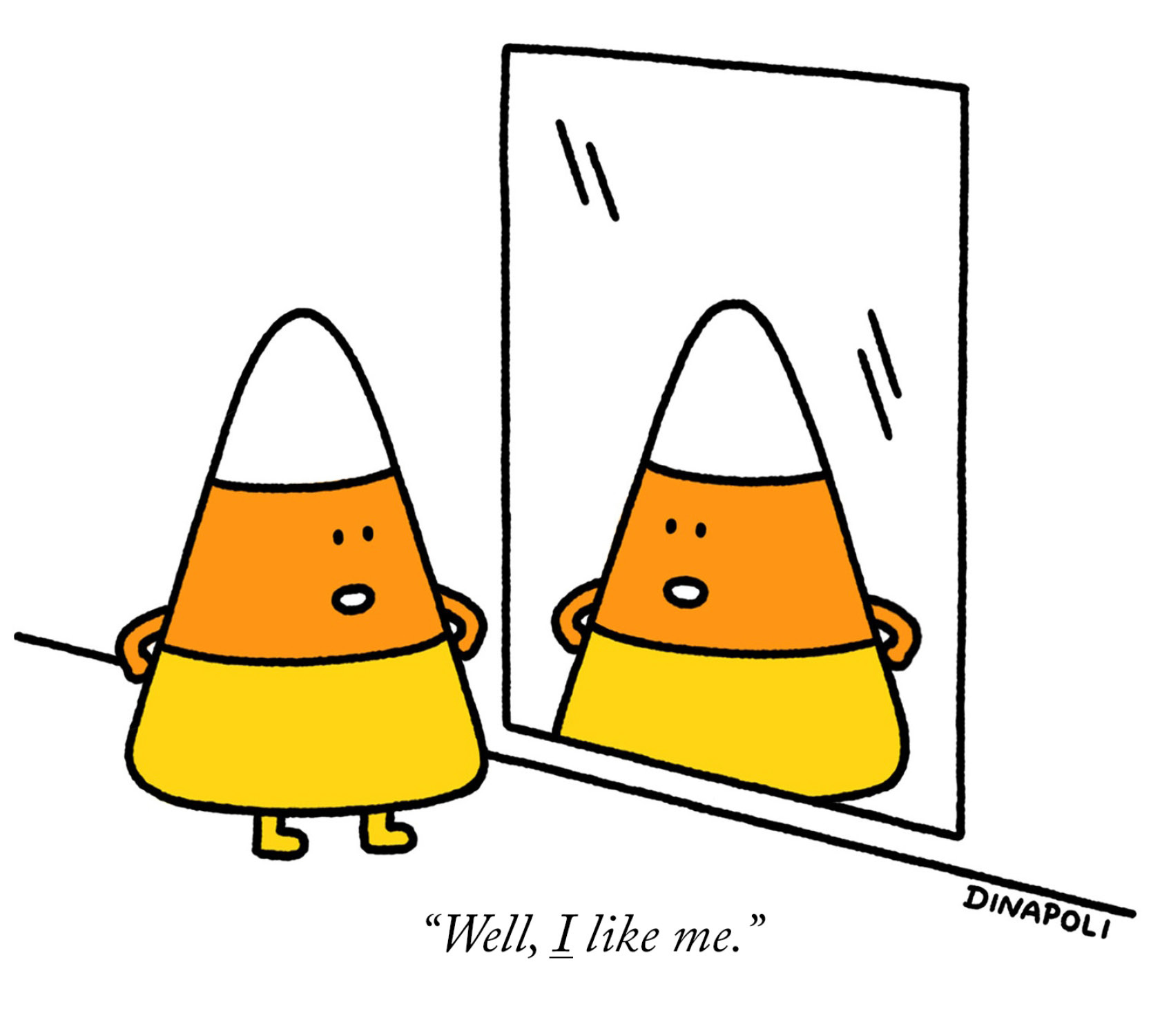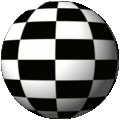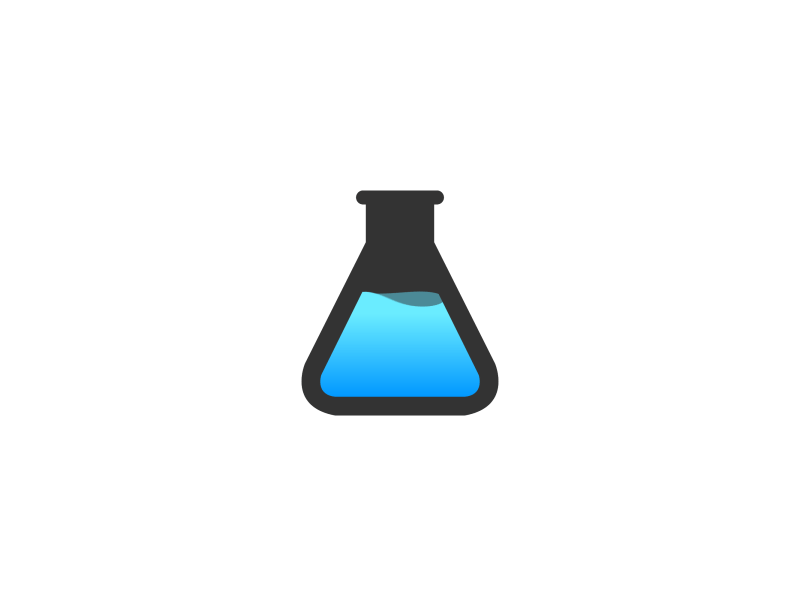Ahhh, lasagna

Guess what I had for lunch today. :))))))))))
Now that the daylight savings flip is behind us, it’s time to start cooking indoors – yummy fall soups, fresh breads, sweet deserts and of course Italian sauces and foods. And that includes lasagna. If you’re like me, you can eat lasagna pretty much all the time! A warm, cheesy, gooey lasagna dish is an ideal go-to meal for chilly nights, romantic weekdays, family gatherings and dinners with friends. When topped with grated fresh parmesan cheese and a nice glass of cab or pinot noir, a regular lasagna dish on a Friday night is elevated to a gourmet meal fit for a king and queen. Now, before I go any further, a tip to my readers. Be extremely cautious when discussing the tastes and origins of your favorite lasagna dish. Avoid the words, “honey, I like your lasagna recipe, but it’s not even close to my _______ (insert: mom’s, gramdma’s, first wife, Aunt Betty’s, at Antonio’s, Uncle Carmen’s, etc.) recipe.” This is sure to create havoc, and you’ll soon find a ladle dent on your forehead. Picking “the best” is truly a PIA (Pain In The @%$) Job! I’m lucky, as I LOVE both my Mom’s recipe and wife Jackie’s recipe – totally different and totally delicious. Everyone has a little twist to their recipe (homemade sauce, fresh ground sausage, variety of vegetables, special spices, long hours of simmering sauce), and more. At a work event we held recently, one of my supervisors surprised us with his significant other’s recipe – OOOHHH MMMYYY GGGOOOSSSHHHH – simply amazing. So good, I included it below. Be sure to share your favorite recipe – and send a photo too! (skowalski@khtheat.com). Special thanks to history.com, ciaoitalia.com, and inside therustickitchen.com and YouTube.com for the insights and music. Divertiti!
Great music to enjoy while reading and cooking
- The origins of the word lasagne or lasagna can be traced back to Ancient Greece. What we know as lasagne or lasagna is derived from the word “laganon”, which was the first form of pasta. Laganon was a reference to flat sheets of pasta dough cut into thin strips, looking very different from what we know to be a typical lasagna dish today. It consisted of layers of pasta and sauce without traditional Italian ingredients. Ancient Rome was known to have a similar dish called “lasanum”, which is Latin for container or pot. Italians used this word to refer to the pot that the dish was served in. Eventually, the dish evolved and took on the same name.
- The Greeks are believed to have first settled in the area of Naples in 2BC and it is currently the third-largest city of Italy. Naples is also the capital city of Campania, one of the most populous areas in Italy. It eventually became the epicenter of culture for the Roman empire and played a key role as the capital of the Duchy of Naples and the Kingdom of Naples. Eventually, it became the center of the baroque period and an artistic renaissance sparked by the famed Italian painter Caravaggio.
- Lasagne is the plural word for one sheet of lasagna and is used regionally throughout Italy. Referencing lasagne or lasagna depends on whether you’re in the northern or southern regions of Italy. The plural form is mostly used in British English, while American English is known to use the singular version.
- The Italian favorite of lasagne or lasagna that we all know and love originated in Italy in the city of Naples during the Middle Ages. One of the first references to modern-day lasagne can be found in a 14th-century English cookbook that highlighted a dish with layers of pasta without the tomatoes. Later, another reference was made to lasagne in an Italian cookbook in the 1880s that featured tomato sauce.
- The dish eventually evolved into the traditional lasagna of Naples called “Lasagna di Carnevale” made with local sausage, fried meatballs, veal, pork, hard-boiled eggs, ricotta or mozzarella, and Neapolitan Ragu. One of the most popular variations of this lasagna dish is called “Lasagna al Forno” This variation originates from the Italian region of Emilia-Romagna and is made with ricotta or mozzarella, thick Ragu, bechamel sauce, wine, onion, oregano, and green sheets of pasta made with spinach and baked.
- Lasagne’s history wouldn’t be complete without variety throughout the regions of Italy. Different areas may use different dough or sauces. The beautiful Italian region of Piedmont specializes in lasagna al Sangue, which translates to “bloody lasagne” due to the addition of blood from a slaughtered pig (eeeuuuww).
- The person who invented lasagna could never have imagined how it would impact the world today and what nutritional value it contains. When discussing lasagna history, carbohydrates never tasted so good and this dish is packed full of them. Carbohydrates bring energy to your blood cells and help drive essential day to day bodily functions. Most of this energy comes directly from the noodles, with a small amount of coming from the sauce and any vegetables you add.
- Your favorite lasagna dish is also packed with B vitamins. These nutrients are responsible for driving your body’s metabolism. The beef in the recipe gives your body the iron it needs to promote healthy blood circulation. You can easily add vitamins A and C by including zucchini and red pepper. Adding vegetables will increase your vitamin intake and make for a delicious lasagna dish.
- Lasagna is also an excellent source for dietary protein and fat. Proteins are broken down by your body into amino acids that are used to create and maintain healthy tissues. Each ounce of meat and cheese adds between 6 and 7 grams of protein. These components are a major source of saturated fat so you’ll want to be cautious when adding them.
- We know that lasagna is far from being considered a health food, but you can make healthy substitutions when making it at home. For example, instead of using white noodles, you can substitute whole wheat noodles that will help to stabilize your blood sugar levels. When making a lasagna dish with meat, try to substitute with 95% lean ground beef, turkey, or chicken and make sure to thoroughly drain off any excess fat. While we all love cheese, try to limit the use of mozzarella cheese to only a few sprinkles on the top or choose a low-fat cheese. To add the nutritional value, load your lasagna with plenty of vegetables to boost fiber, vitamins, and mineral intake. Before adding them to the dish, try pureeing them to improve the texture and adding them directly to your tomato sauce. This way, you’ll be able to reap the nutritional benefits of adding vegetables while not compromising taste or texture.
- While packing your lasagna with vegetables and lean meats adds nutritional value, using no-boil noodles will improve the taste. They are typically thinner than the dry noodles and absorb the tomato sauce well. Also, you won’t have to wait for the noodles to cook. Using pork sausage instead of ground beef for your tomato sauce will bring your pasta dish to a different level of satisfaction. You can choose to mix sweet and spicy sausage to enhance the flavor of the sauce. Instead of using grated mozzarella, add fresh mozzarella instead. You’ll notice that the rich diary flavor is tasty and the texture is smooth.
- If you’ve never thought about using eggs in a lasagna dish, now is a great time to try. When coupled with parmesan cheese and herbs, eggs round out the flavor and create a creamy texture filling that is mouth-watering. Lastly, when you’re adding vegetables, you’ll want to add the right ones that don’t turn soggy while baking. While this can be fixed by pureeing your vegetables before they are added to the sauce, you can also use spinach. Adding spinach is a great alternative to including vegetables and adding flavor.
- However you make it – experiment and enjoy – and if you hit a winner, send me the recipe!!
Amazing recipe from one of our team here at KHT Heat.
From The Kitchen of Danielle Lorence
Recipe: Lasagna – Double Batch (Recipe is estimations – _I don’t measure)
Baking Dish – Layers work best in 16 9/10” _long 10 1/5” _– _4 1/4” _depth
(Le Creuset has a Lasagna Deep Baker)
Line Oven Racks with Foil – Cheese will melt over
Ingredients: (Can Be Found at Giant Eagle Market Districts)
- 4-5 lbs. Ground Beef 80/20, Ground Pork and Ground Veal
- 2 lbs. Spicy Bob Evans Sausage
- 5-6 (32 oz.) Jars Mids Garlic and Onion Spaghetti Sauce
- 2 cans Contadina Petite Diced Tomatoes
- 4 (30 oz.) Micelili’s Whole Milk Traditional Ricotta Cheese (Must Be Micelili’s)
- 1 (30 oz) Breakstone’s Cottage Cheese
- 2-3 Micelili’s Mozerella Pears (Balls)
- 3 pks. Bel Gioioso Sharp Provolone Cheese
- 3 pks. Bel Gioioso Regular Provolone Cheese
- 3 pks. Bel Gioioso Fontina Cheese
- 3 pks Bel Gioioso Asiago Cheese
- 1 container Parmesano Reggiano
- 1 container of Pecorino Romano
- 1 pint Whole Whipping Cream
- 4 Eggs
- 2 sticks Salted Butter
- 3 boxes Barilla Lasagna Noodles
- 4 Shallots
- 8 Cloves Garlic
- 3 large Yellow Onions
- 1 bunch Fresh Parsley
- 2 tbsp. Marjoram
- 1 tbsp. Italian Seasonings
- 4 tbsp. Garlic Powder
- 2 tbsp. Onion Powder
- Salt and Pepper (to taste when browning meat)
- ½ cup Sugar
Instructions:
- Brown all meat in a large pot, as meat browns season with salt, pepper, garlic powder, onion powder. Do not drain grease, let meat cook down and allow grease to caramelize. Stir frequently and be careful not to scorch.
- In a large skillet add diced onions and shallots, minced garlic – _sauté in 2 sticks of butter until soft. 1/3 approximately will be added to ricotta cheese mixture and rest will go into browned meat mixture.
- After meat caramelizes, add 2/3 of sauteed onions, shallots and garlic and petite diced tomatoes. Simmer for a few minutes and add Mid’s sauce, add 4 tbsp. garlic powder, 2 tbsp. onion powder, 1 cup of parmesano reggiano and ½ cup pecorino romano. Let sauce simmer at least one hour.
- Grate all cheeses and combine all in an extra-large bowl mix thoroughly with hands.
- In an extra-large bowl add ricotta cheese, cottage cheese, eggs, parsley, marjoram, Italian seasonings, sprinkle layer with garlic powder, onion powder, ½ sugar, ¾ cup whipping cream, 4 handfuls shredded cheeses, add 1 cup meat mixture and mix thoroughly with clean hands.
- Coat 2 lasagna baking dishes with non-stick spray. Put a layer of sauce on bottom of baking dish. Layer lasagna noodles, then add approximately one inch of ricotta mixture, lasagna noodle layer, sauce layer, generous layer of shredded cheese and grated parmesano reggiano and pecorino romano. Layer lasagna noodles, one inch of ricotta mixture and repeat other layers.
- Bake at 350 degrees for 1 hour, possibly 1 hour – _15 min. – _Let lasagna set 20-30 minutes before serving.
::::::::::::::::::::::::::::::::::::::::::::::::::::::::::::::::::::::::::::::::::::::::::
DO YOU LIKE CONTESTS?
Me, too.
As you may know the Kowalski Heat Treating logo finds its way
into the visuals of my Friday posts.
I. Love. My. Logo.
One week there could be three logos.
The next week there could be 15 logos.
And sometimes the logo is very small or just a partial logo showing.
But there are always logos in some of the pictures.
So, I challenge you, my beloved readers, to count them and send me a
quick email with the total number of logos in the Friday post.
On the following Tuesday I’ll pick a winner from the correct answers
and send that lucky person some great KHT swag.
So, start counting and good luck!
Oh, and the logos at the very top header don’t count.
Got it? Good. :-))))
Have fun!!
::::::::::::::::::::::::::::::::::::::::::::::::::::::::::::::::::::::::::::::::::::::::::




 The pictures follow the text below. Enjoy!!!! :)))))
The pictures follow the text below. Enjoy!!!! :)))))





















